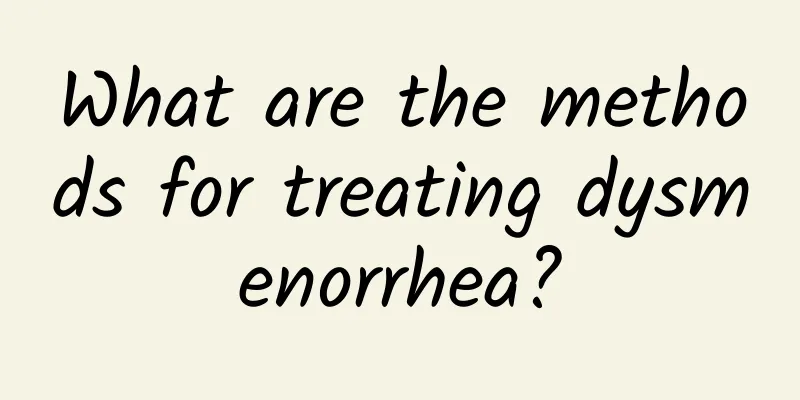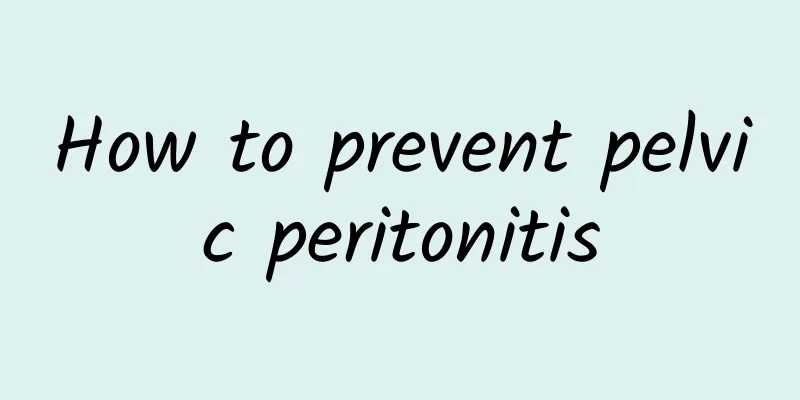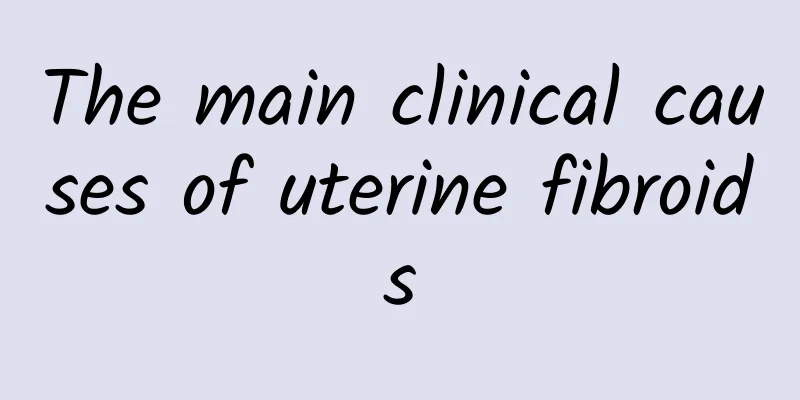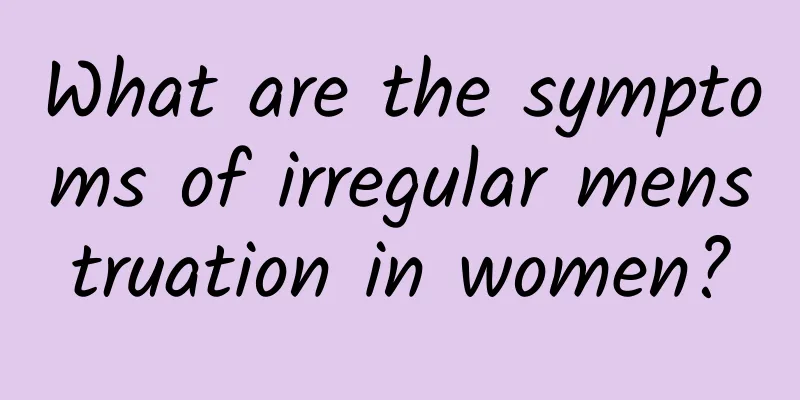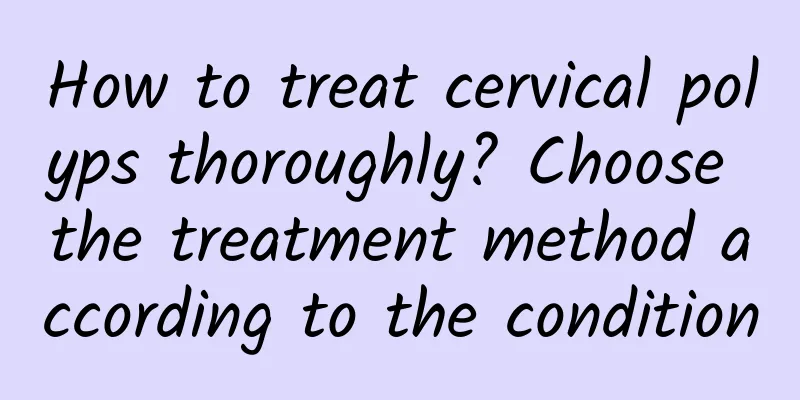How to treat chronic pelvic inflammatory disease patients to achieve recovery

|
How to treat chronic pelvic inflammatory disease patients to achieve recovery? The number of patients with chronic pelvic inflammatory disease is increasing, and the age is getting younger and younger. Chronic pelvic inflammatory disease is a chronic hidden gynecological disease. When patients discover it, it has reached the middle stage, and chronic pelvic inflammatory disease is particularly prone to recurrence. Many female friends want to know how to treat chronic pelvic inflammatory disease. Experts say that the systemic symptoms of chronic pelvic inflammatory disease are not obvious, mainly swelling and pain in the lower abdomen and waist, sometimes accompanied by swelling and discomfort in the anus. Usually, it may be accompanied by frequent urination, leucorrhea, abnormal menstruation, dysmenorrhea and infertility when tired, sexual intercourse or defecation and before and after menstruation. When the body's resistance is reduced, such as busy work or fatigue, acute attacks may also occur. The clinical treatment of chronic pelvic inflammatory disease mainly includes the following: General treatment: Alleviate the patient's mental concerns, enhance confidence in treatment, increase nutrition, exercise, pay attention to the combination of work and rest, and improve body resistance. Physical therapy: Warmth can promote local blood circulation in the pelvic cavity, improve tissue nutrition, improve metabolism, and promote the absorption and disappearance of inflammation. Commonly used methods include short wave, ultrashort wave, microwave, laser, ion penetration, etc. Application of anti-inflammatory drugs: Etiological examination of cervical secretions is generally required to facilitate medication. Surgical treatment: Tubal hydrosalpinx or tubo-ovarian cysts and other masses should be treated surgically; acute episodes with small infection foci and repeated inflammation should also be treated surgically. The principle of surgery is to completely cure the disease and avoid the chance of recurrence of residual lesions. For young women, ovarian function should be maintained as much as possible. |
>>: What are the symptoms of submucous uterine fibroids?
Recommend
What to do if a pregnant woman has threatened miscarriage
Being pregnant is a great joyous event, but pregn...
What are the main symptoms of cervical hypertrophy?
I don't know if you know about cervical hyper...
How to prevent cervical warts from recurring
Nowadays, people will be afflicted with diseases ...
We should take good care of adnexitis in daily life
Many women suffer from adnexitis. Most women do n...
Avocado burns fat and fights aging, it is the most nutritious fruit! Research: Five tough guys in health
Avocados are rich in nutrients and were once list...
Why is menstruation irregular?
Why do I have irregular menstruation? 1. Hormone ...
What are the symptoms of uterine bleeding? What are the early symptoms of uterine bleeding?
Women know that uterine bleeding is a very seriou...
What are the causes of cervical erosion?
Many people know about cervical erosion, a common...
This will easily increase your metabolism! 2. Twisting exercise can also be done in the bath
Because water has buoyancy, soaking in water allo...
What causes threatened miscarriage?
Threatened abortion is a condition that pregnant ...
Why do uterine fibroids sometimes disappear?
Why do uterine fibroids sometimes disappear? Uter...
Will the IUD cause post-menstrual bleeding?
Will the IUD cause post-menstrual bleeding? The I...
What are the ischemic changes of uterine fibroids? What should I do if I have ischemic uterine fibroids?
Uterine fibroids are a common benign tumor in gyn...
What preparations should be made for abortion surgery?
Abortion refers to artificial abortion, which is ...
What is the main cause of vaginitis?
Vaginitis is a disease that all women are familia...





